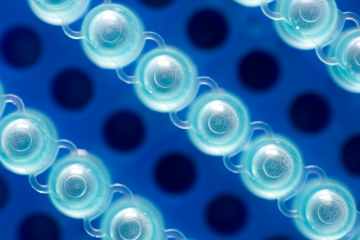Project grant
Establishment and validation of a stable, cell-based diabetic wound bioassay

At a glance
Completed
Award date
March 2009 - February 2011
Grant amount
£243,612
Principal investigator
Professor Phil Stephens
Co-investigator(s)
- Professor David Kipling
- Professor David Thomas
Institute
Cardiff University
R
- Replacement
Read the abstract
View the grant profile on GtR
